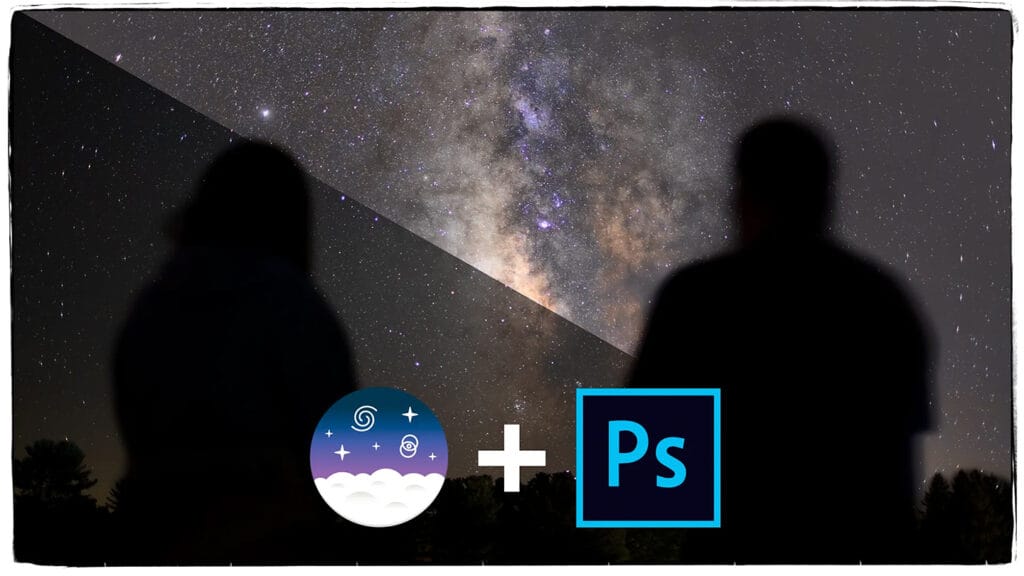1 Whisky Bottle, 1 Light and Some Photoshop Magic! Product Photography
Product Photography
1 Whisky Bottle, 1 Light, and Some Photoshop Magic: Product Photography. Magic is in the eye of the beholder. While this might look like magic to some, the process is actually logical and simple. The key to making it work is ensuring that neither the subject nor the camera moves.
Using just four images—two with the light on the background and two with the light on the subject—we can create a dynamic image with the help of Adobe Photoshop. In the video, I’ll show you my setup and explain how I use layers in Photoshop to achieve this glowing effect.
If you have not learned the basics of Adobe Photoshop, you will struggle with the technical portion of this product photography video tutorial.
What Are Photographic Strobes? A Guide to Flash Photography
In the world of photography, lighting is everything. While natural light can be beautiful, it’s not always predictable or controllable. That’s where photographic strobes come in. If you’re a budding photographer or someone curious about studio setups, understanding strobes is essential for creating well-lit, professional-looking images.
What is a Photographic Strobe?
A strobe light, also called a studio flash, is a type of powerful flash used in photography. Unlike continuous lighting (such as LED or tungsten lights that stay on), strobes emit a quick, intense burst of light. This burst is synchronized with your camera’s shutter, illuminating your subject at just the right moment to capture the shot.
How Do Strobes Work?
Photographic strobes are designed to mimic daylight, producing a color temperature similar to natural sunlight (around 5500K). Here’s a simplified breakdown of how they work:
- Power Supply: Strobes are powered by either an electrical outlet (AC-powered) or battery packs for more portability.
- Trigger Mechanism: The strobe is triggered by your camera, usually via a sync cable or a wireless transmitter. When you press the shutter, the flash fires in sync with your camera’s exposure.
- Flash Duration: The light from a strobe is extremely brief, often lasting just 1/500 up to 1/20,000 of a second. This short burst can freeze action, capturing sharp, crisp details even in fast-moving subjects.
- Recycling Time: After firing, a strobe needs a short time to “recharge” before it can fire again. This is called recycling time, and the speed can vary based on the strobe’s power settings and model.
Types of Photographic Strobes
There are several types of strobes, each with specific uses depending on the photography style or setting.
- Monolights: These are self-contained units with the flash, power source, and reflector all in one. They’re a popular choice for studio work due to their simplicity and ease of setup. The light I used in the video is the Godox AD400Pro.
- Pack-and-Head Systems: In this system, the flash heads are separate from the power source, which is contained in a “pack.” These systems are typically used in large studios or commercial settings because they offer more flexibility and power.
- Speedlights: While not as powerful as studio strobes, speedlights are compact and attach directly to your camera. These are great for on-location shoots or for photographers who need portable lighting solutions.
Why Use Strobes?
Strobes offer several advantages over other types of lighting:
- Control: Strobes give you full control over the intensity, direction, and quality of light. You can modify them with softboxes, umbrellas, and reflectors to achieve various lighting effects.
- Power: Strobes are powerful enough to light large scenes or overpower harsh sunlight, making them ideal for both indoor and outdoor photography.
- Freezing Motion: The short flash duration of strobes allows photographers to freeze action, making them perfect for high-speed photography, fashion shoots, or any scenario where crisp detail is essential.
- Consistency: Unlike natural light, strobes offer consistency. You can recreate the same lighting setup multiple times, which is crucial for commercial or studio work.
How to Use Strobes Effectively
If you’re new to strobes, here are a few tips for using them in your photography:
- Start with One Light: If you’re just starting out, using one strobe with a softbox or umbrella is a great way to learn. Master how light affects your subject before adding more complex setups.
- Modify Your Light: Strobes are often too harsh on their own, so use light modifiers like softboxes, umbrellas, or beauty dishes to diffuse and soften the light.
- Understand Sync Speed: Your camera has a maximum shutter speed at which it can sync with a strobe, typically 1/200 or 1/250 of a second. If you go above this, you may encounter unwanted effects like black bars across your image, caused by the shutter closing before the flash has fully fired.
- Experiment with Power Settings: Don’t always use your strobes at full power. Dial down the output to find the right balance between ambient and artificial light.
Conclusion
Photographic strobes are invaluable tools that bring both versatility and control to your lighting setup. Whether you’re shooting portraits, product photography, or fashion, strobes allow you to shape light to match your creative vision. With a little practice, they’ll become one of the most powerful tools in your photography arsenal.
So, next time you’re in the studio or planning a shoot, consider reaching for a strobe to elevate your lighting game!



